February 17, 2020 - President Theodore Roosevelt was one of the most powerful voices in the history of American conservation. Enthralled by nature from a young age, Roosevelt cherished and promoted our nation’s landscapes and wildlife. After becoming president in 1901, Roosevelt used his authority to establish 150 national forests, 51 federal bird reserves, four national game preserves, five national parks and 18 national monuments on over 230 million acres of public land.
Today, the legacy of Theodore Roosevelt is found across the country. There are six national park sites dedicated, in part or whole, to our conservationist president. Along with others like John Muir and Rachel Carson, Roosevelt’s words and actions continue to affect how we approach and appreciate the natural world. In honor of his birthday, check out some great Roosevelt stories and quotes below.
A Life Long Passion
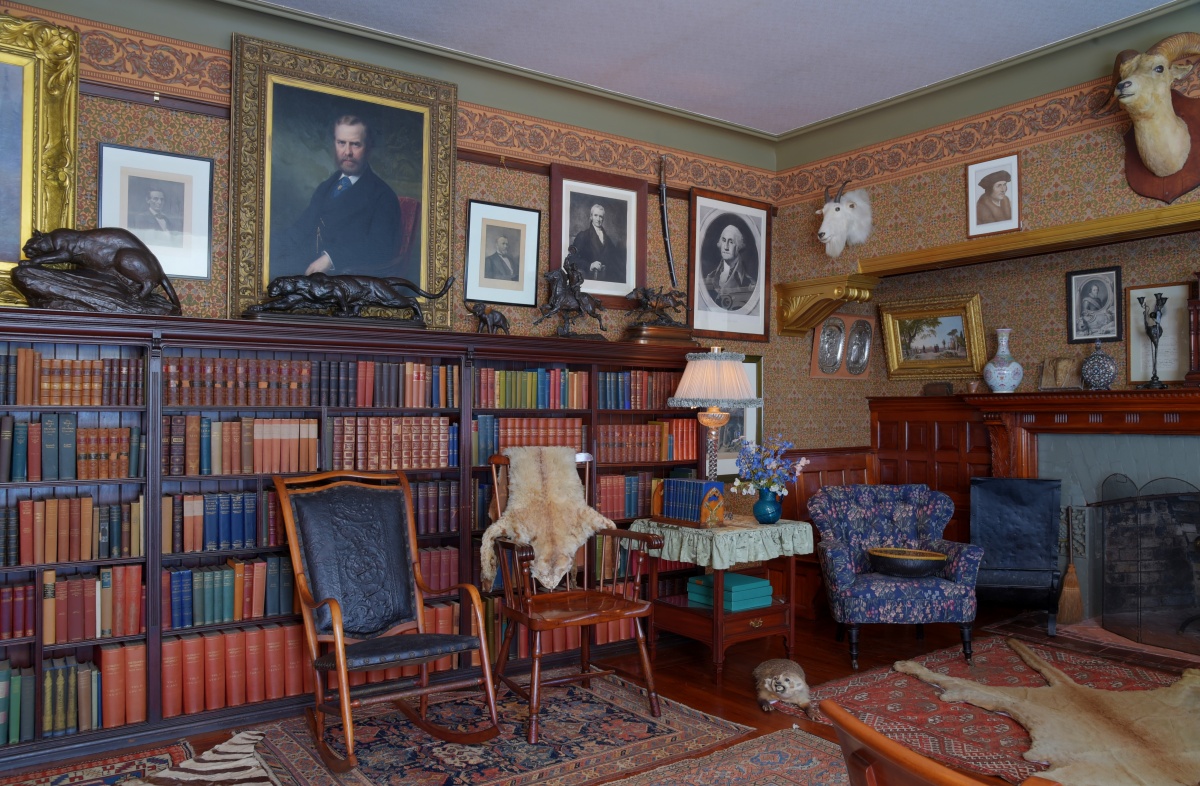 Roosevelt's library at his Sagamore Hill estate in New York displays many nature scenes, mounted animals and books on many topics. Photo courtesy of Audrey C. Tiernan Photography.
Roosevelt's library at his Sagamore Hill estate in New York displays many nature scenes, mounted animals and books on many topics. Photo courtesy of Audrey C. Tiernan Photography.
As the only president born in New York City, it may seem odd that Theodore Roosevelt is remembered as a nature enthusiast. Roosevelt was bookish and sickly as a child, but quickly discovered a passion for the outdoors. His favorite activities included hiking, rowing, swimming, riding, bird-watching, hunting and taxidermy. Creating a vast collection of specimens, he filled his boyhood home and adult estate with insect collections and mounted animals. Some are on display today in the Smithsonian.
The Power of Nature
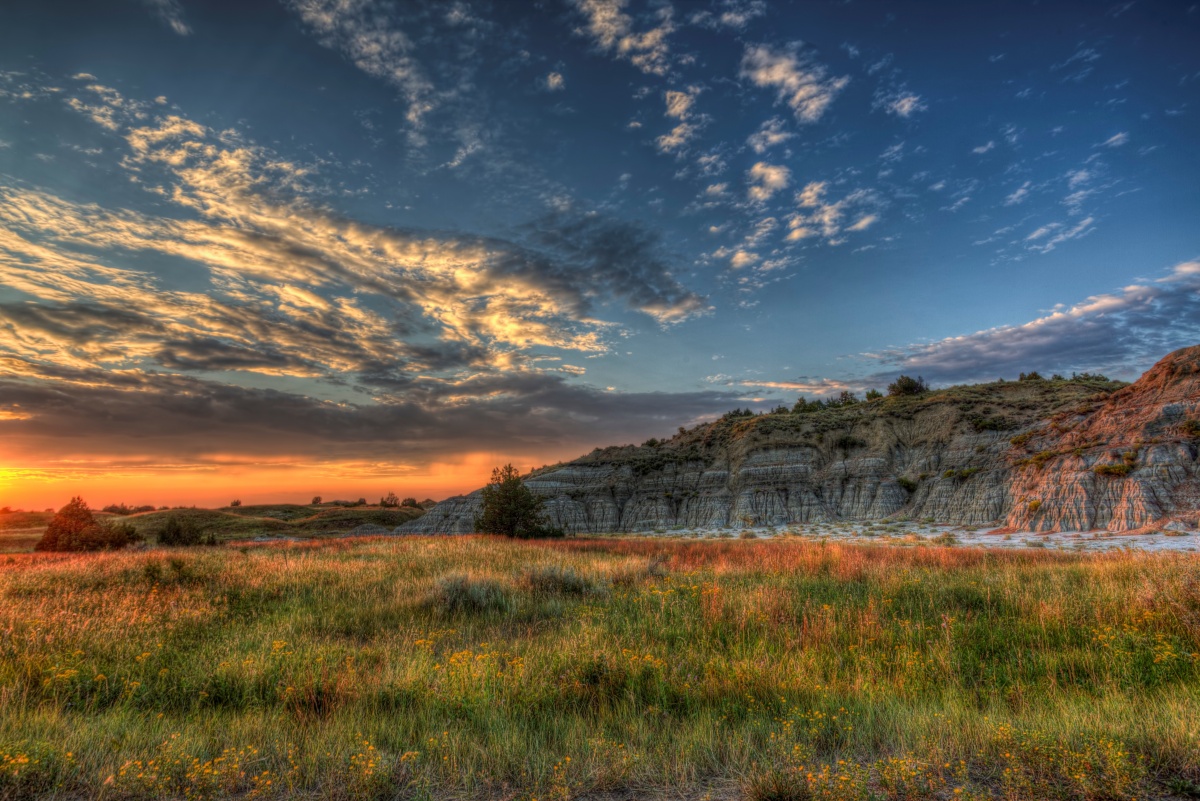 The park that bears his name. Photo of Theodore Roosevelt National Park in North Dakota by Gary Anderson, National Park Service.
The park that bears his name. Photo of Theodore Roosevelt National Park in North Dakota by Gary Anderson, National Park Service.
“There is a delight in the hardy life of the open. There are no words that can tell the hidden spirit of the wilderness that can reveal its mystery, its melancholy and its charm. The nation behaves well if it treats the natural resources as assets which it must turn over to the next generation increased and not impaired in value.”
- Speech by Theodore Roosevelt in Osawatomie, Kansas, August 31, 1910.
Working Together
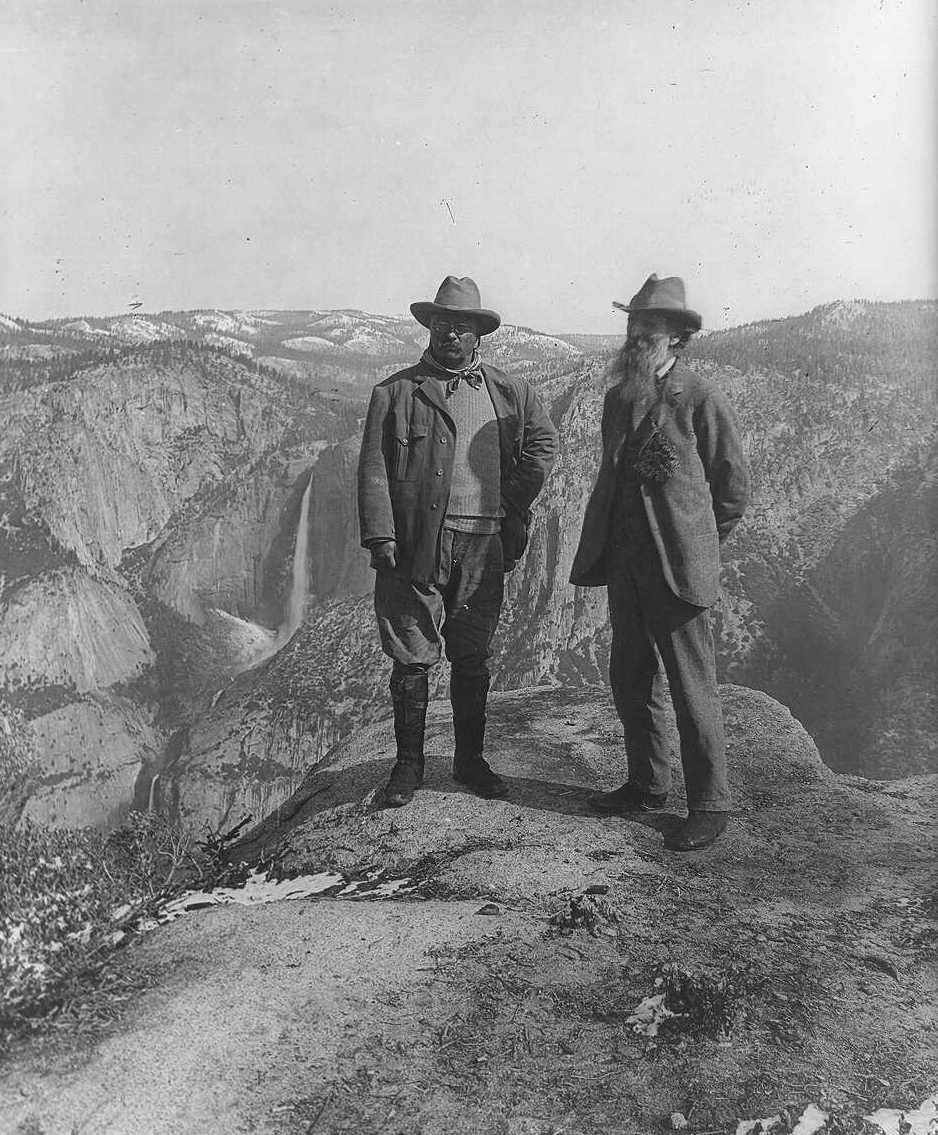 President Roosevelt and John Muir at Yosemite National Park in 1903. Photo courtesy of the Library of Congress.
President Roosevelt and John Muir at Yosemite National Park in 1903. Photo courtesy of the Library of Congress.
One of the most celebrated camping trips in American history occurred in 1903 when President Roosevelt spent several days exploring Yosemite with renown naturalist John Muir. Finding common ground on their passion for nature, the two men discussed the importance of preserving unique landscapes and wildlife. Energized by the experience, Roosevelt worked to make Muir’s Yosemite dream a reality by eventually adding Yosemite Valley and the Mariposa Grove to Yosemite National Park.
A Conservation Commandment
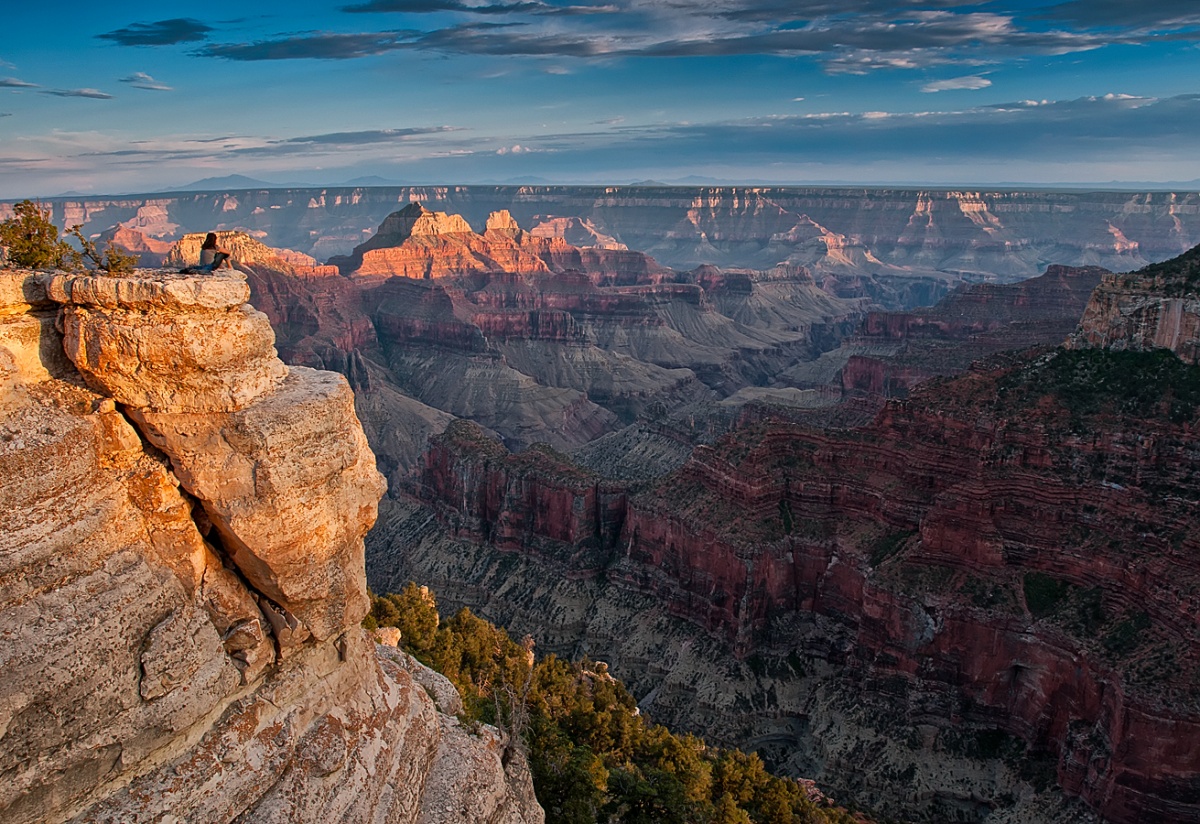 The incredible views of Grand Canyon National Park are enjoyed by millions every year. Photo by Darren Barnes (www.sharetheexperience.org).
The incredible views of Grand Canyon National Park are enjoyed by millions every year. Photo by Darren Barnes (www.sharetheexperience.org).
“I want to ask you to keep this great wonder of nature as it now is. I hope you will not have a building of any kind, not a summer cottage, a hotel or anything else, to mar the wonderful grandeur, the sublimity, the great loneliness and beauty of the canyon. Leave it as it is. You cannot improve on it. The ages have been at work on it, and man can only mar it. What you can do is to keep it for your children, your children’s children, and for all who come after you, as one of the great sights which every American if he can travel at all should see.”
- Speech by Theodore Roosevelt at the Grand Canyon, May 6, 1903
A New Age
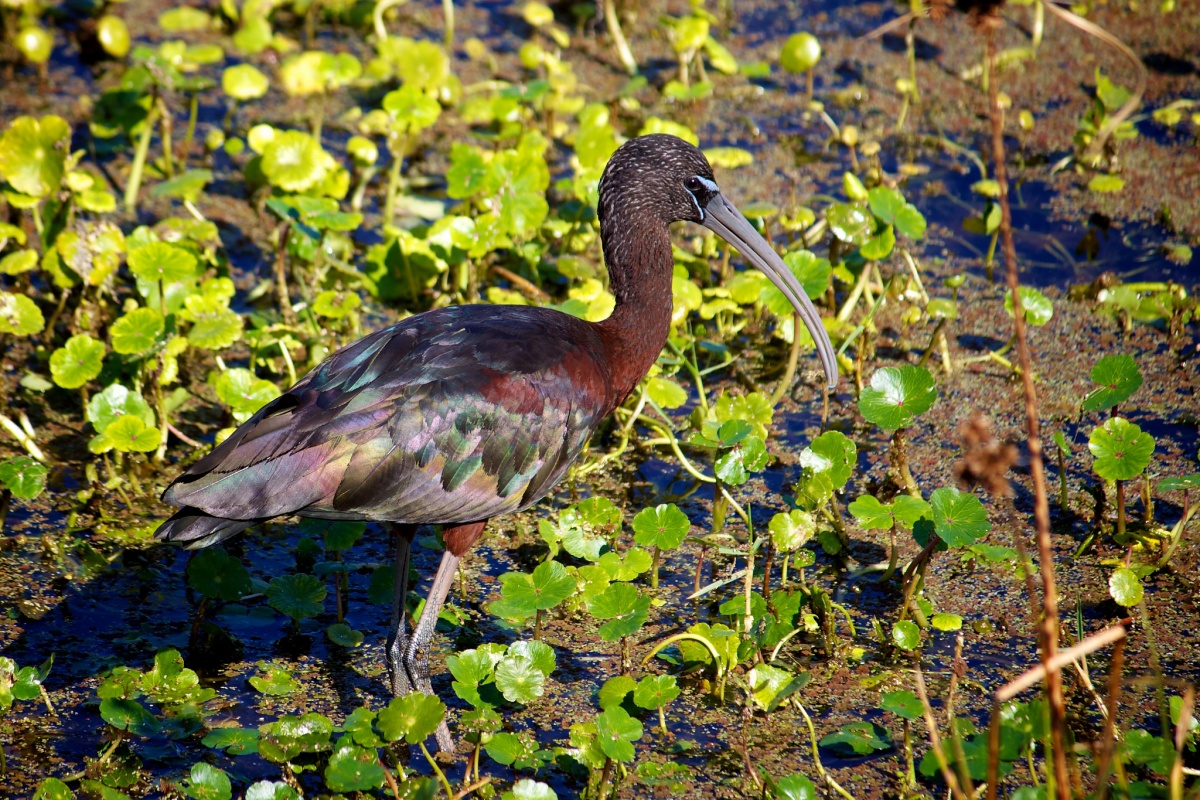 A glossy ibis at Pelican Island National Wildlife Refuge in Florida. Photo by Keenan Adams, U.S. Fish and Wildlife Service.
A glossy ibis at Pelican Island National Wildlife Refuge in Florida. Photo by Keenan Adams, U.S. Fish and Wildlife Service.
In the late 1800s, the whims of fashion dictated that women’s hats would be decorated by bird feathers. To meet this need, poachers hunted many species of exotic birds to the brink of extinction. To address this crisis, President Roosevelt set aside Pelican Island in Florida as a federal bird reservation in 1903. More protected areas followed and the National Wildlife Refuge System was born.
National Treasures
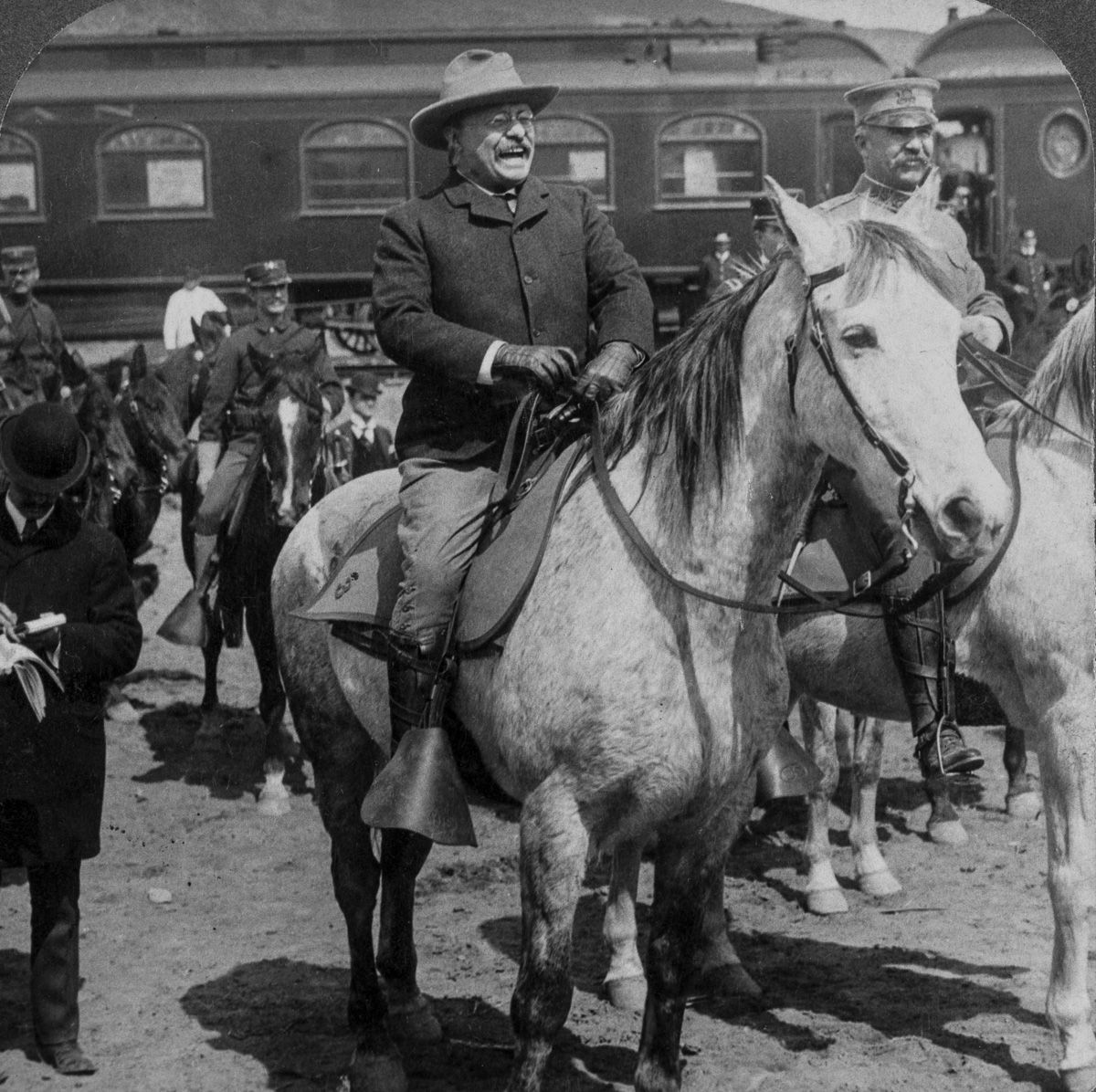 President Roosevelt arriving at Yellowstone National Park in 1903. Photo courtesy of the Library of Congress.
President Roosevelt arriving at Yellowstone National Park in 1903. Photo courtesy of the Library of Congress.
“The Yellowstone Park is something absolutely unique in the world, so far as I know...The scheme of its preservation is noteworthy in its essential democracy... This Park was created, and is now administered, for the benefit and enjoyment of the people... The only way that the people as a whole can secure to themselves and their children the enjoyment in perpetuity of what the Yellowstone Park has to give is by assuming the ownership in the name of the nation and by jealously safeguarding and preserving the scenery, the forests, and the wild creatures.”
- Speech by Theodore Roosevelt at the laying of the cornerstone for the Gateway to Yellowstone National Park, April 24, 1903.
A Legacy of Cute
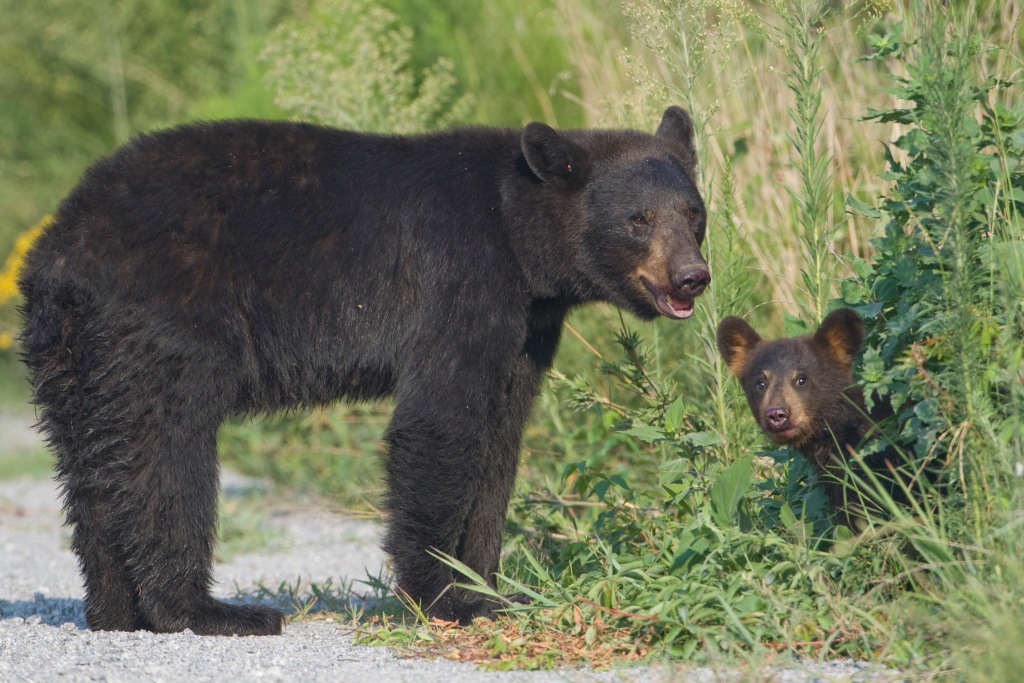 Louisiana black bears in the wild. Photo courtesy of Louisiana Department of Wildlife.
Louisiana black bears in the wild. Photo courtesy of Louisiana Department of Wildlife.
Did you know that the Teddy Bear was invented in honor of President Roosevelt? While on a bear hunting trip in Mississippi, Roosevelt's hunting party cornered a Louisiana black bear, tied it to a willow tree and suggested that the President shoot it. Viewing this as extremely unsportsmanlike, Roosevelt refused to kill the bear. Political cartoonist Clifford Berryman heard the story and drew a cartoon celebrating the President’s decision. A Brooklyn candy shop owner by the name of Morris Michtom saw the cartoon and decided to create a stuffed toy bear and dedicate it to the president who refused to shoot a bear. He called it Teddy's Bear and children have been enjoying them ever since.
Follow the Path
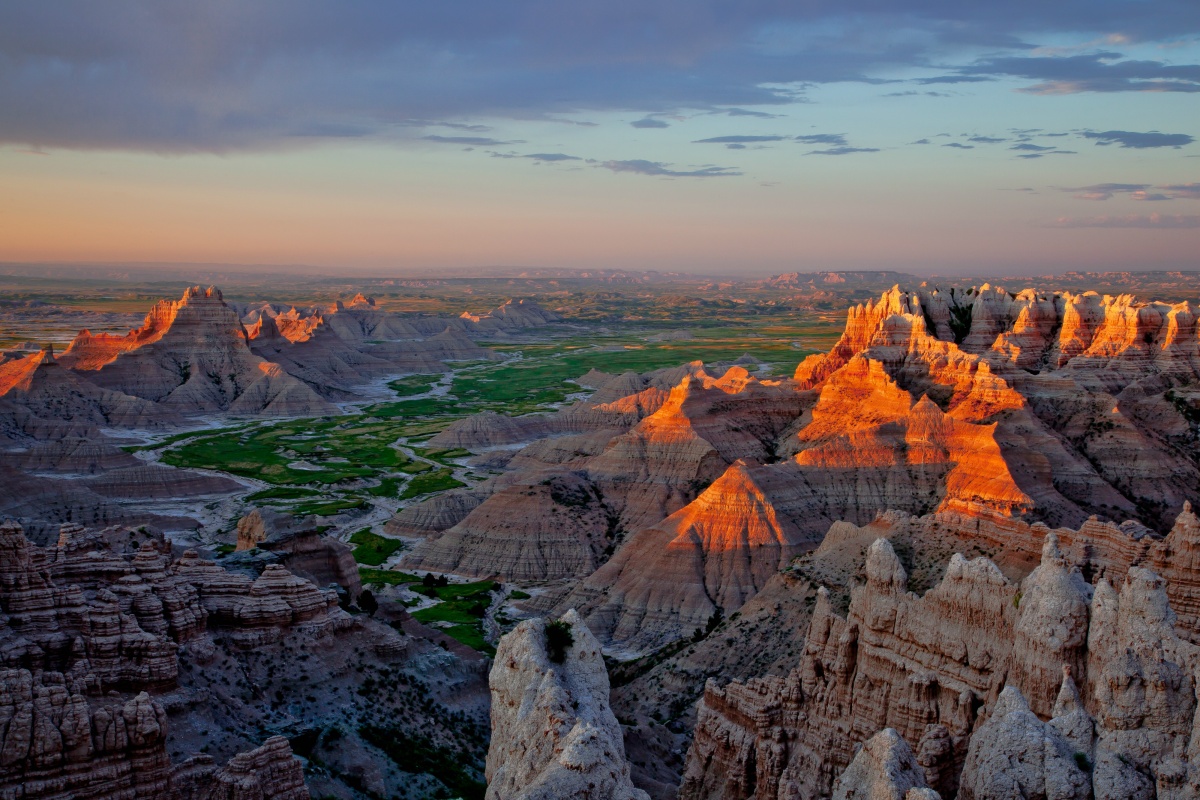 The badlands were one of Roosevelt's favorite places to explore. Photo of Badlands National Park in South Dakota by Harlan Humphrey (www.sharetheexperience.org).
The badlands were one of Roosevelt's favorite places to explore. Photo of Badlands National Park in South Dakota by Harlan Humphrey (www.sharetheexperience.org).
Are you inspired by Theodore Roosevelt’s example? Learn more about his conservation legacy or just spend some time in nature. Teddy would approve!
Source: DOI








